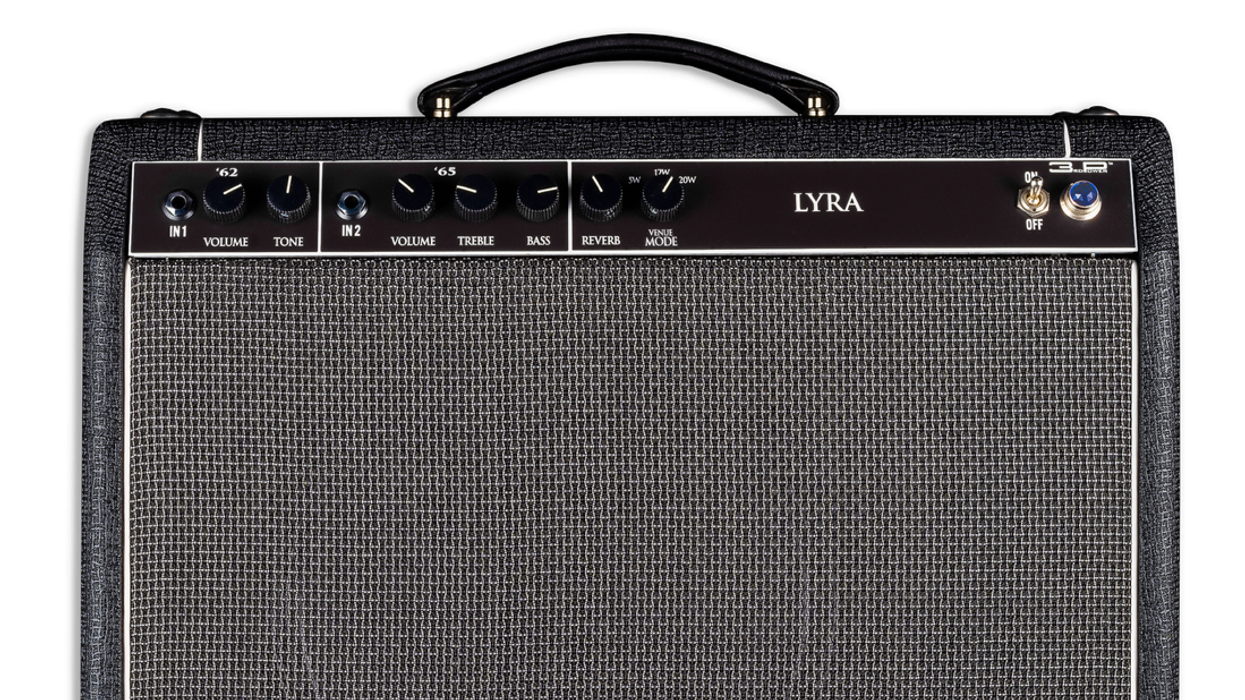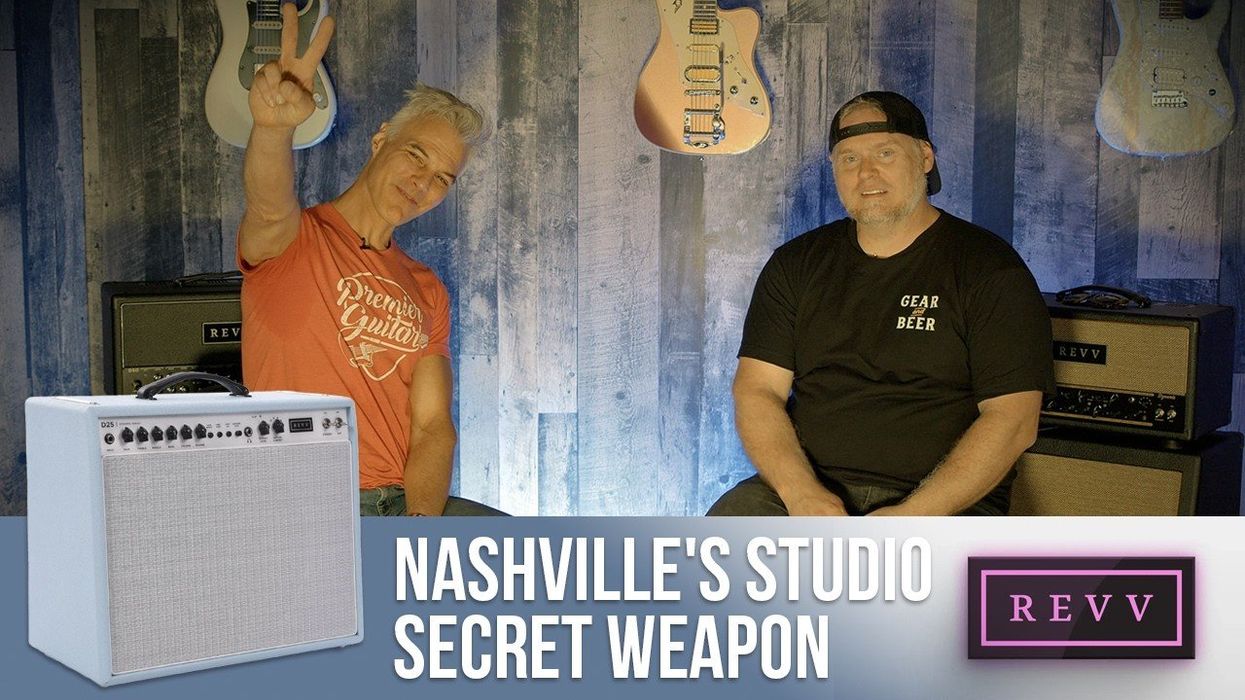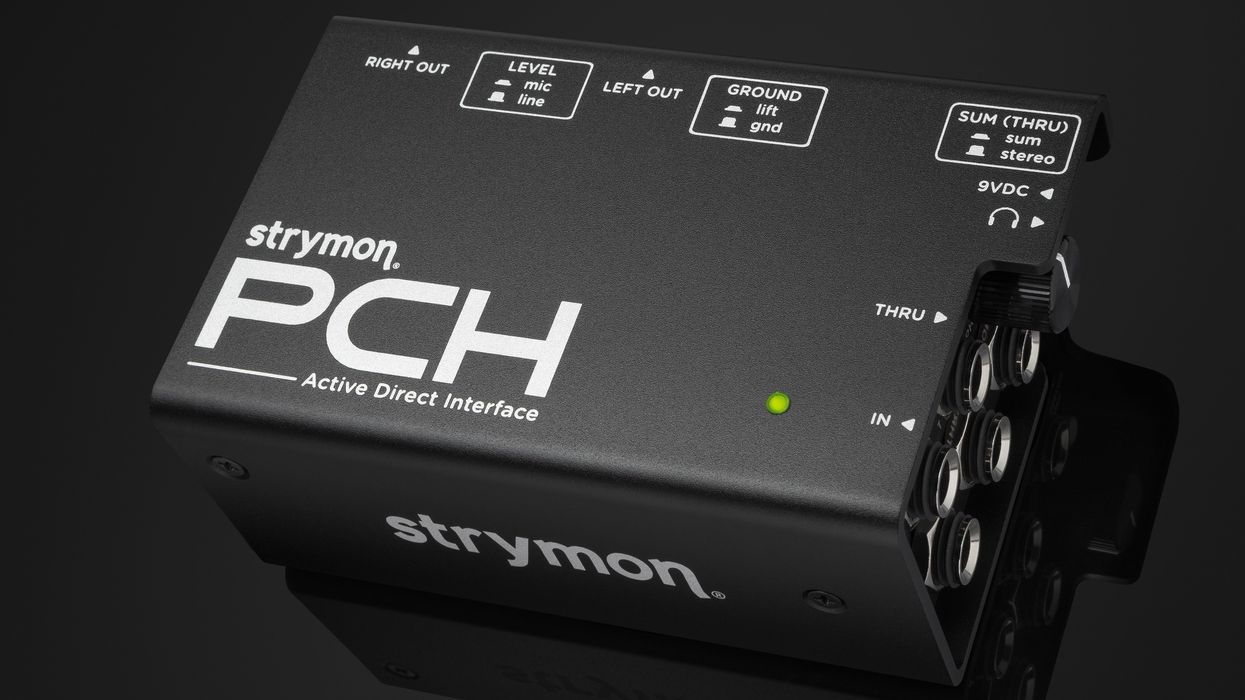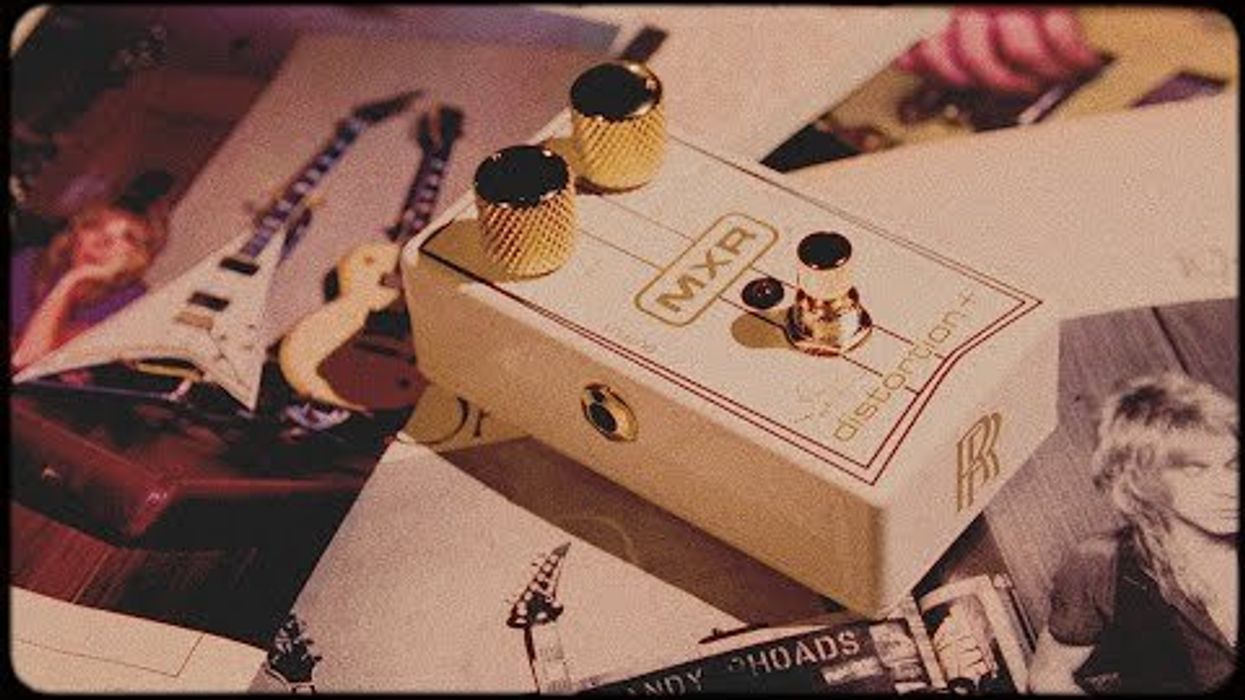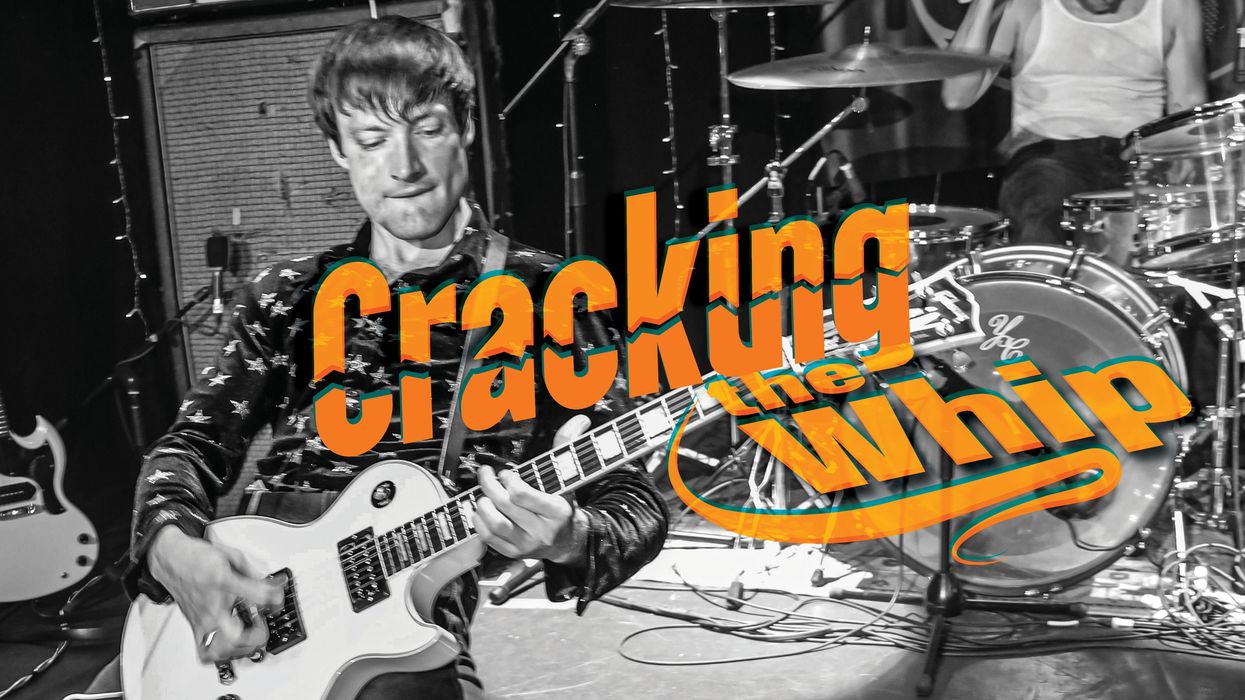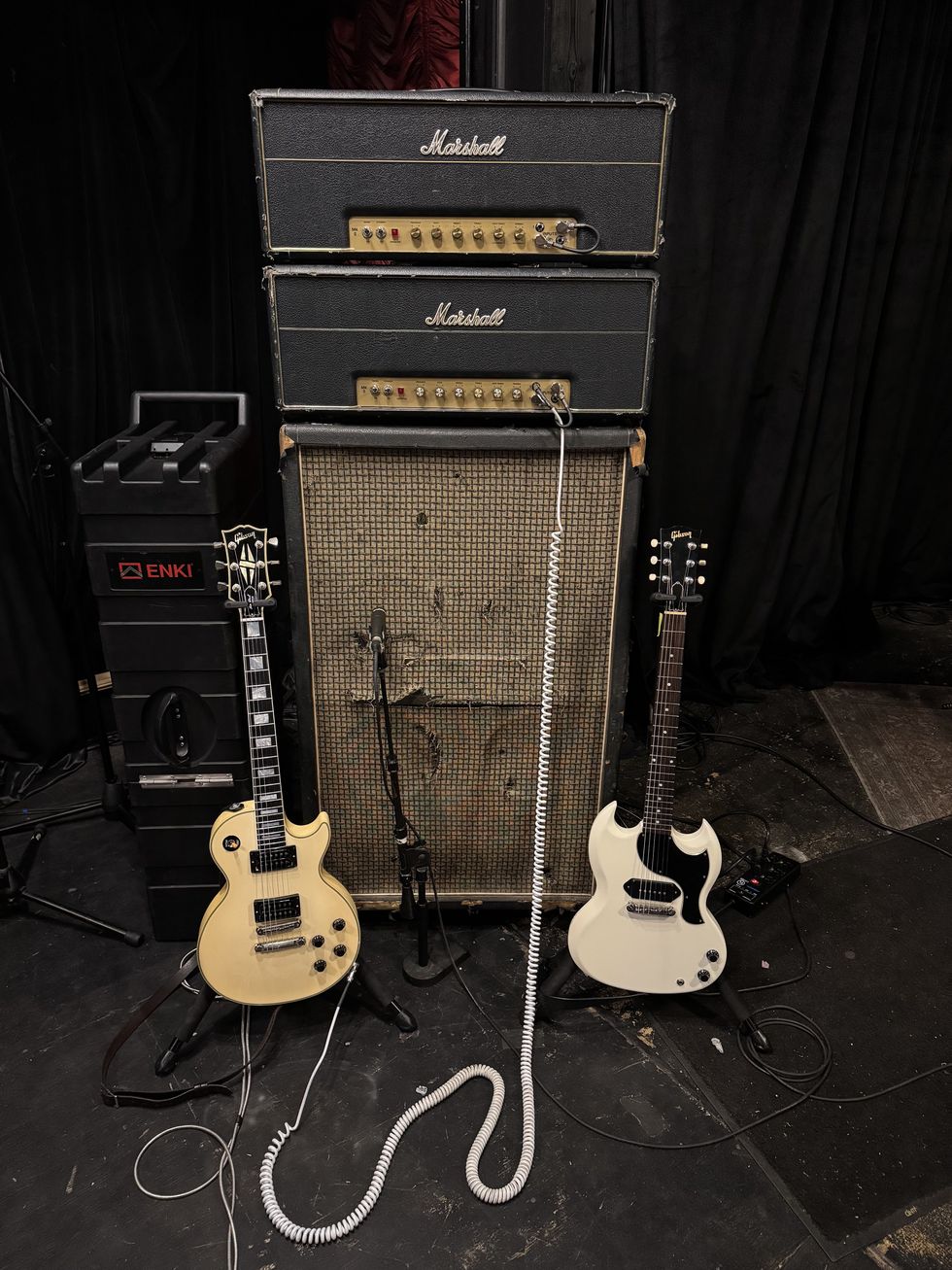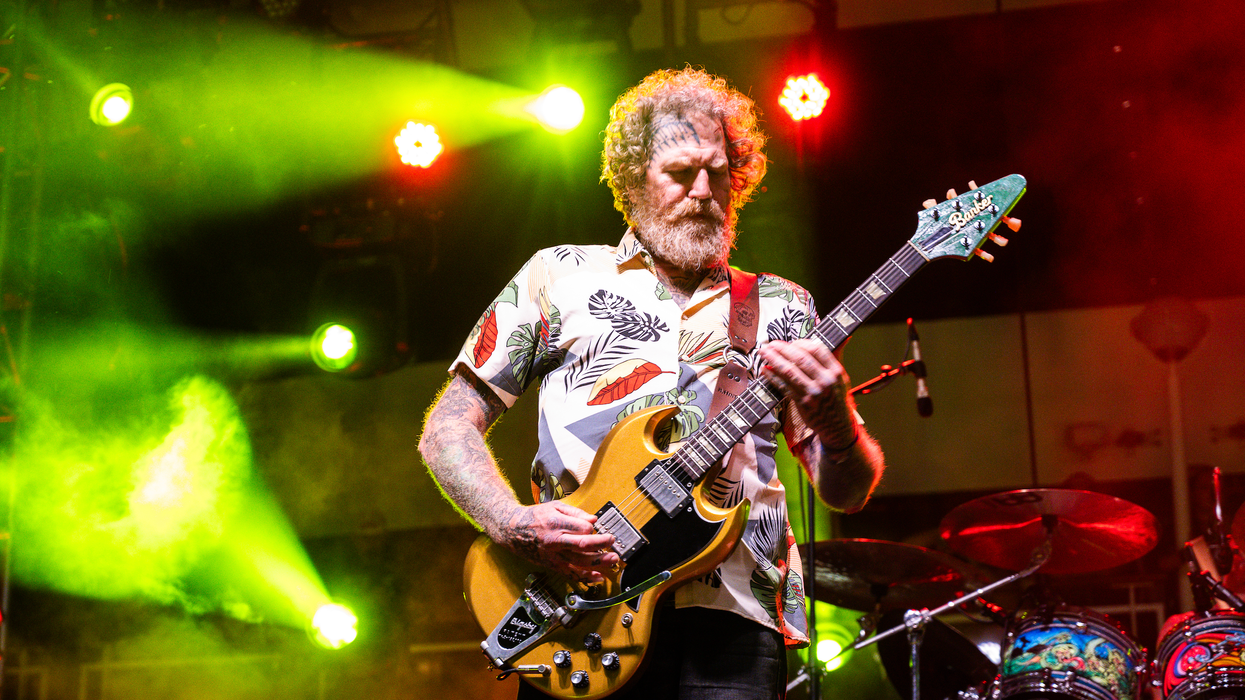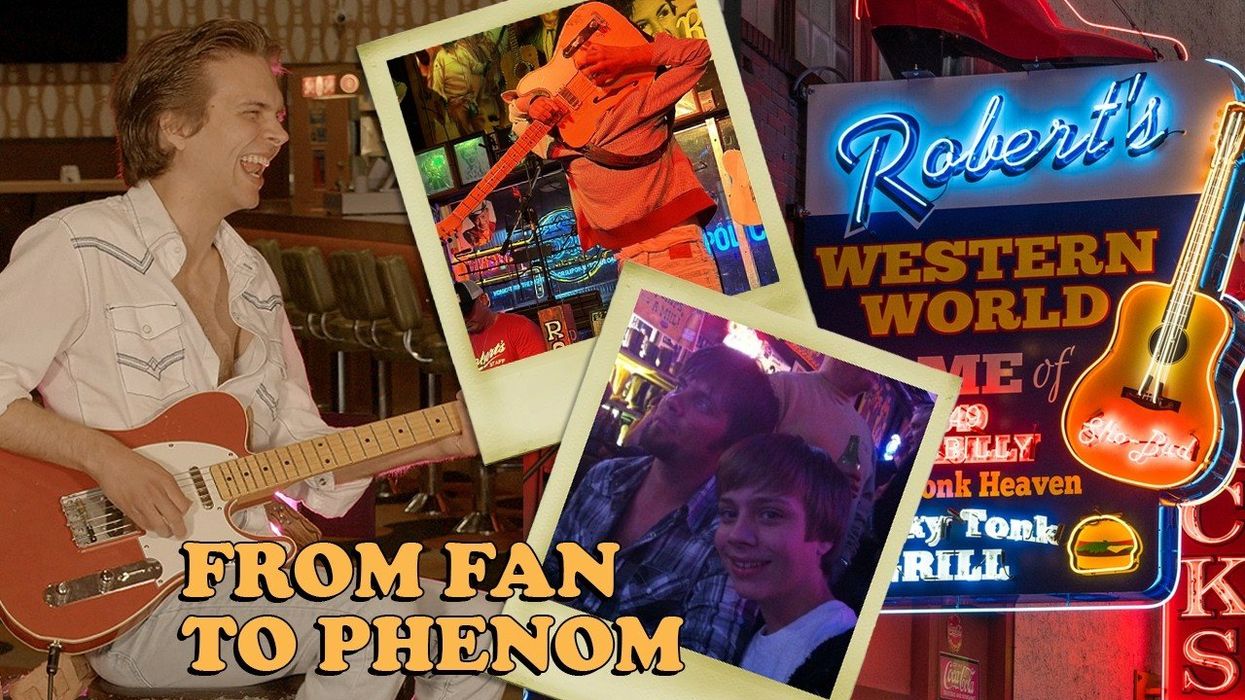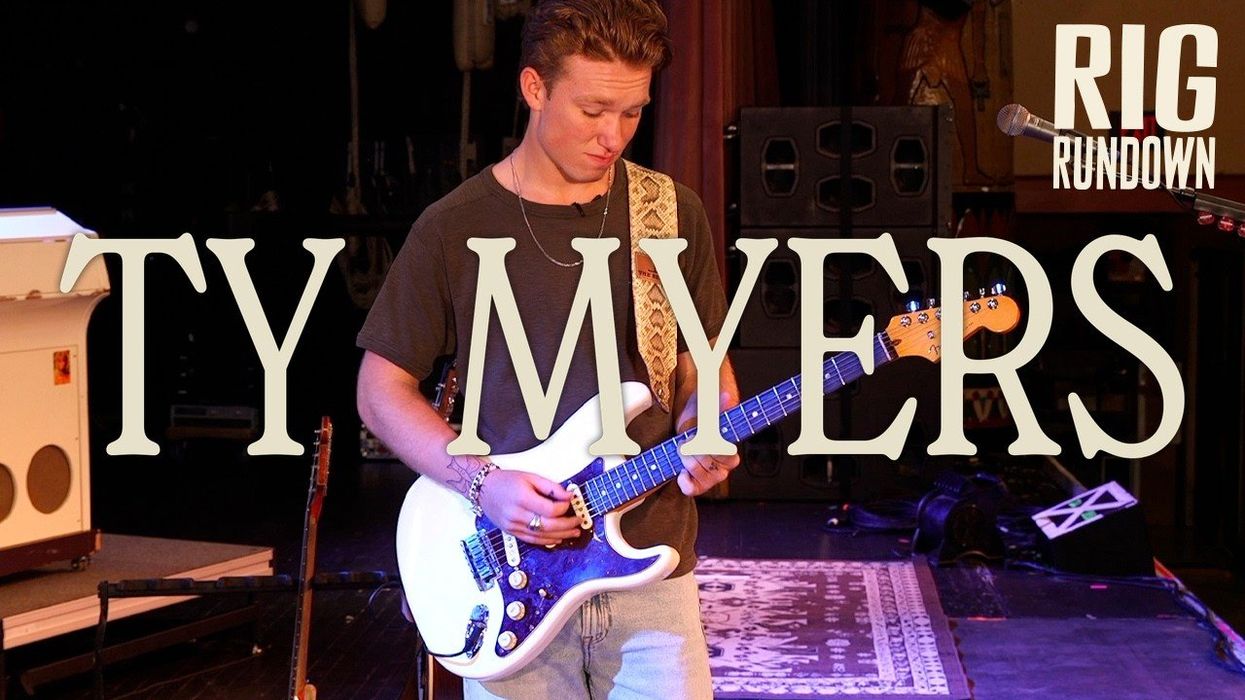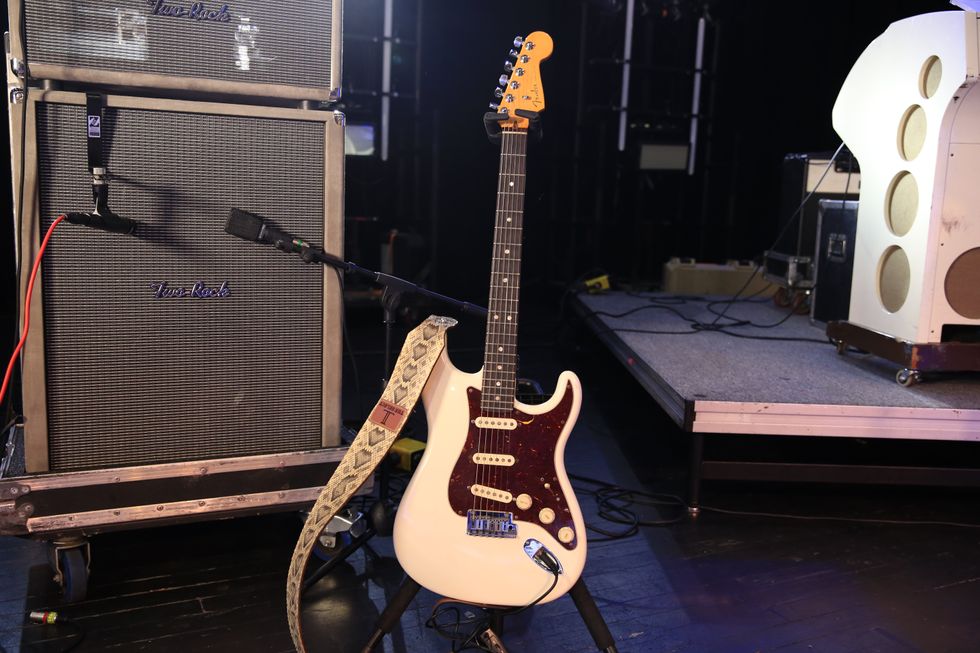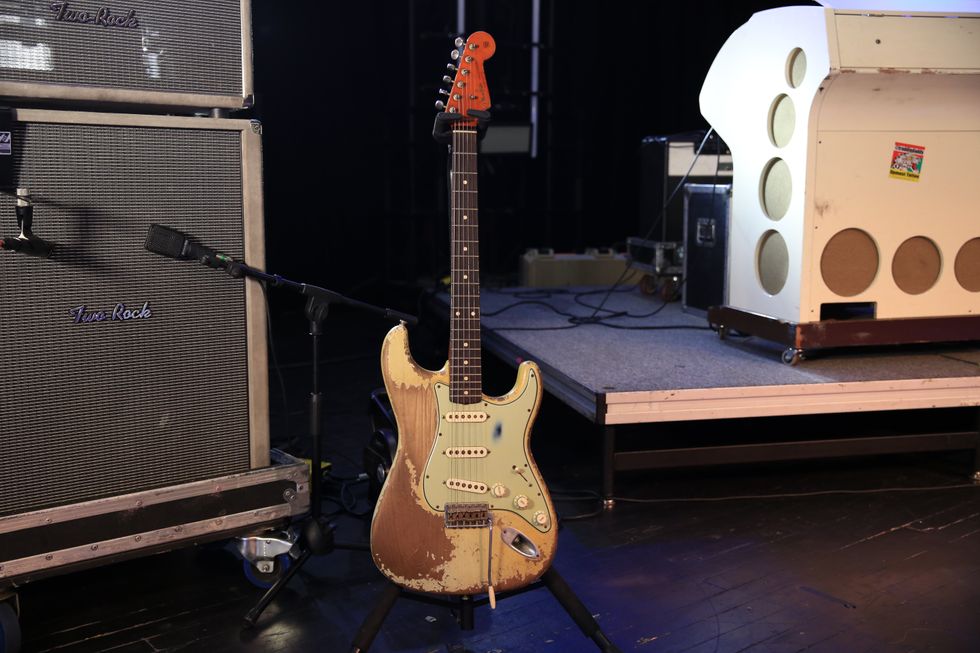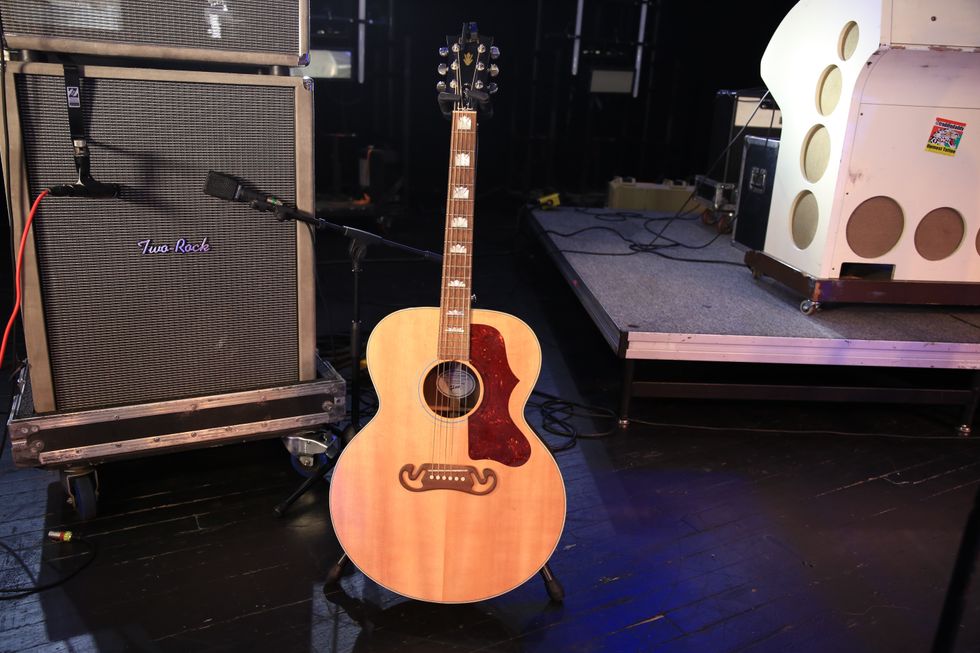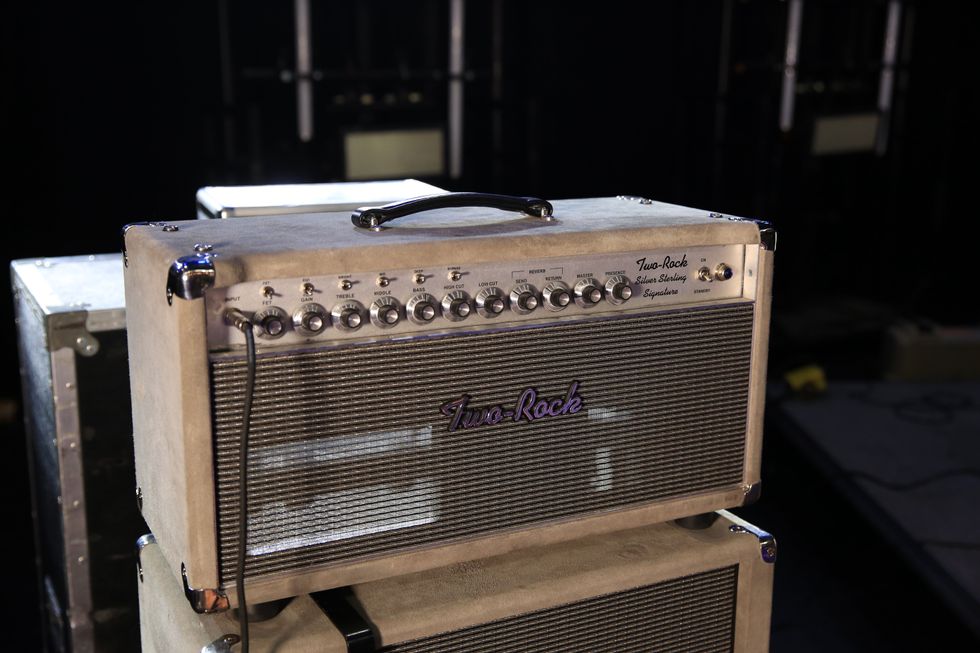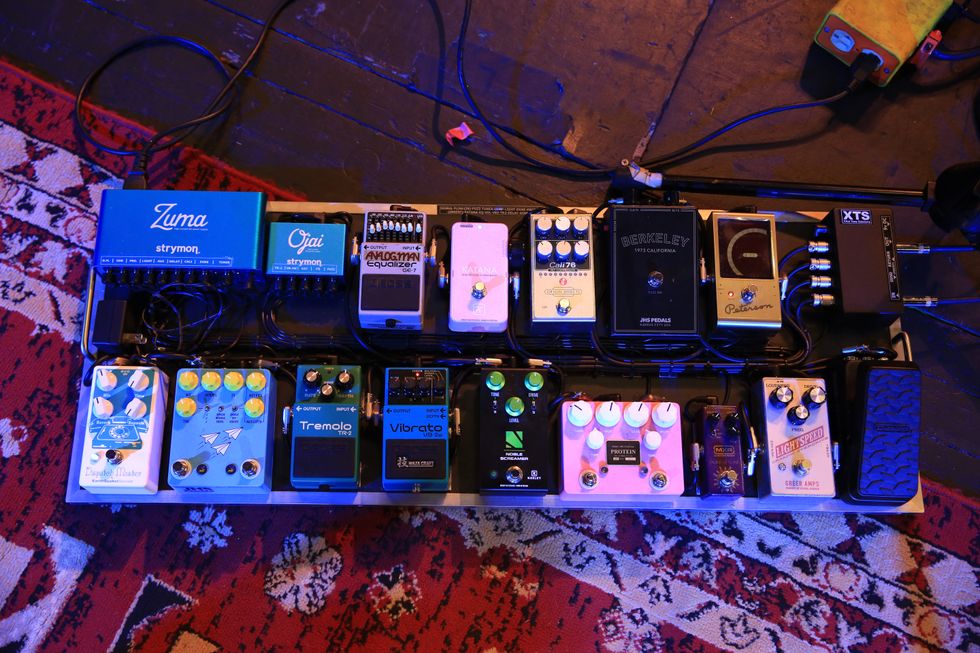It might not seem like it, but Bruce Springsteen is going to die.
I know; it’s a weird thought. The guy is 75 years old, and still puts on three-hour-plus-long shows, without pauses or intermissions. His stamina and spirit put the millennial work-from-home class, whose backs hurt because we “slept weird” or “forgot to use our ergonomic keyboard,” to absolute shame. He leaps and bolts and howls and throws his Telecasters high in the air. No doubt it helps to have access to the best healthcare money can buy, but still, there’s no denying that he’s a specimen of human physical excellence. And yet, Bruce, like the rest of us, will pass from this plane.
Maybe these aren’t the first thoughts you’d expect to have after a rock ’n’ roll show, but rock ’n’ roll is getting old, and one of its most prolific stars has been telling us for the past few years that he’s getting his affairs in order. His current tour, which continues his 2023 world tour celebrated in the recent documentary Road Diary: Bruce Springsteen and the E Street Band, follows his latest LP of original music, 2020’s Letter To You. That record was explicitly and thematically an exploration of the Boss’ mortality, and this year’s jubilant roadshow continues that chapter with shows across the U.S. and Canada.
“The older you get, the more you realize that, unless you’re über-wealthy, you probably have a lot in common with the characters in Springsteen songs.”
I was at the Montreal show on Halloween night, where Bruce, the E Street Band—Steven Van Zandt, Nils Lofgren, Garry Tallent, Max Weinberg, and Roy Bittan, along with Soozie Tyrell, Charles Giordano, and Jake Clemons—and a brilliant backing ensemble of singers and musicians performed for roughly three hours straight. The show rewired my brain. For days after, I was in a feverish state, hatching delusional schemes to get to his other Canadian shows, unconsciously singing the melody of “Dancing in the Dark” on a loop until my partner asked me to stop, listening to every Springsteen album front to back.
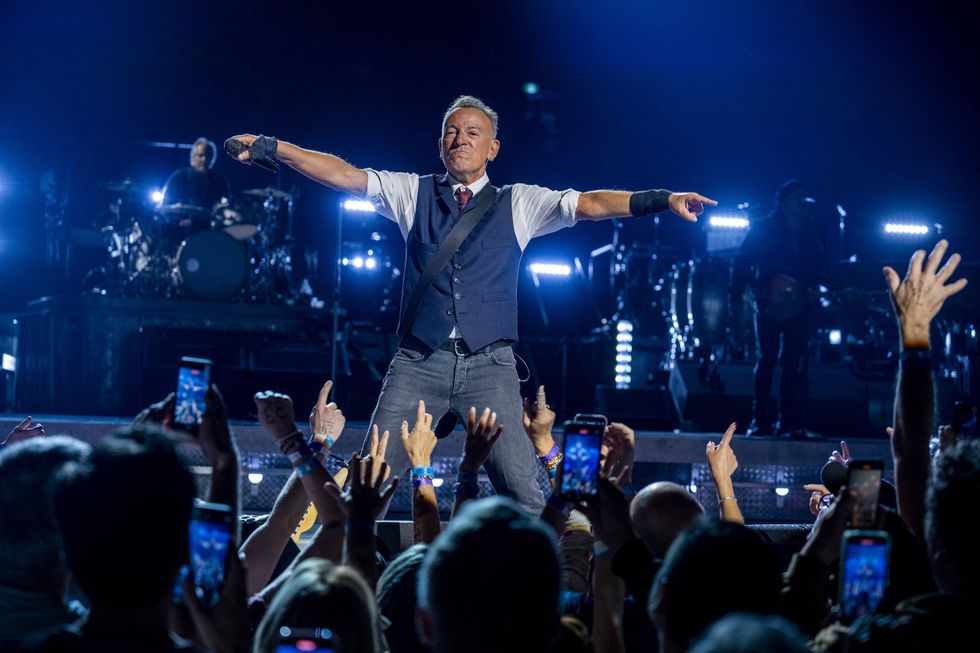
“The stakes implicit in most of these stories are that our time is always running out.”
Photo by Rob DeMartin
I had seen Bruce and the E Street Band in 2012, but something about this time was different, more urgent and powerful. Maybe it’s that the older you get, the more you realize that, unless you’re über-wealthy, you probably have a lot in common with the characters in Springsteen songs. When you’re young, they’re just great songs with abstract stories. Maybe some time around your late 20s, you realize that you aren’t one of the lucky ones anointed to escape the pressures of wage work and monthly rent, and suddenly the plight of the narrator of “Racing in the Street” isn’t so alien. The song’s wistful organ melody takes on a different weight, and the now-signature extended coda that the band played in Montreal, led by that organ, Bittan’s piano, and Weinberg’s tense snare rim snaps, washed across the arena over and again, like years slipping away.
The stakes implicit in most of these stories are that our time is always running out. The decades that we spend just keeping our heads above water foreclose a lot of possibility, the kind promised in the brash harmonica whine and piano strokes that open “Thunder Road” like an outstretched hand, or in the wild, determined sprint of “Born to Run.” If we could live forever, there’d be no urgency to our toils. But we don’t.
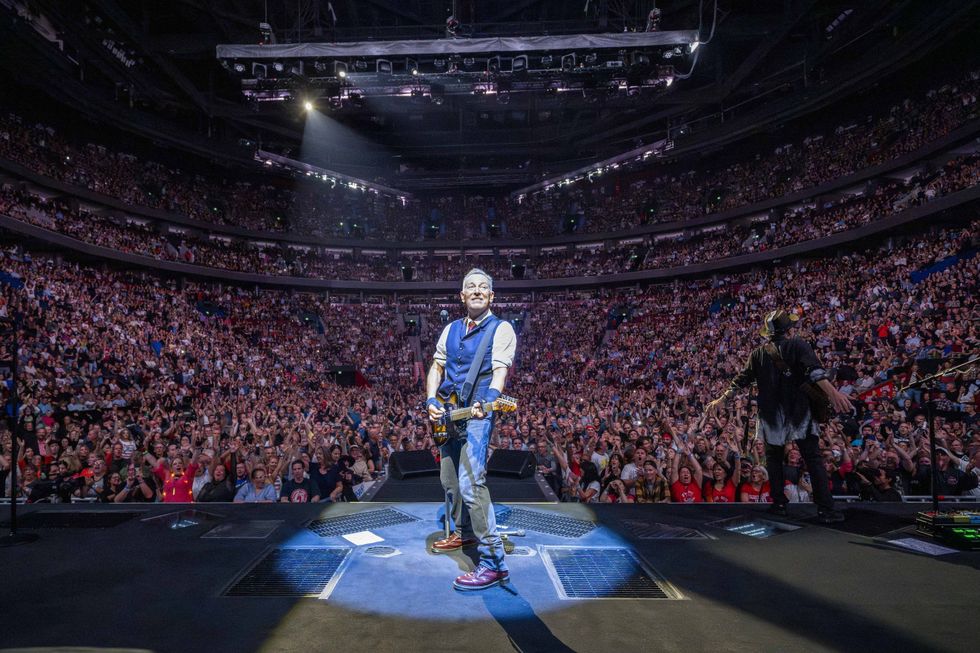
Springsteen has long has the ability to turn a sold-out arena into a space as intimate as a small rock club.
Photo by Rob DeMartin
Bruce has never shied away from these realities. Take “Atlantic City,” with its unambiguous chorus: “Everything dies, baby, that’s a fact.” (Then, of course, an inkling of hope: “Maybe everything that dies someday comes back.”) Springsteen used those phrases on Nebraska to tell the story of a working person twisted and cornered into despair and desperation, but on All Hallows Eve, as the band rocked through their electrified arrangement of the track, it was hard not to hear them outside of their context, too, as some of the plainest yet most potent words in rock ’n’ roll.
In Montreal, like on the rest of this tour, Bruce guided us through a lifecycle of music and emotion, framed around signposts that underlined our impermanence. In “Letter to You,” he gestured forcefully, his face tight and rippled with passion, an old man recapping the past 50 years of his creative life and his relationship to listeners in one song. “Nightshift,” the well-placed Commodores tune featured on his 2022 covers record, and “Last Man Standing,” were opportunities to mourn Clarence Clemons and Danny Federici, his E Street comrades who went before him, but also his bandmates in his first group, the Castiles. It all came to a head in the night’s elegiac closer, “I’ll See You in My Dreams,” performed solo by Bruce with his acoustic guitar: “Go, and I’ll see you in my dreams,” he calls
I’m still trying to put my finger on exactly why the show felt so important. I’ve circled around it here, but I’m sure I haven’t quite hit on the heart of the matter. Perhaps it’s that, as we’re battered by worsening crises and cornered by impossible costs of living, songs about people trying desperately to feel alive and get free sound especially loud and helpful. Or it could be that having one of our favorite artists acknowledge his mortality, and ours, is like having a weight lifted: Now that it’s out in the open, we can live properly and honestly.
None of us know for sure what’s up around the bend, just out of sight. It could be something amazing; it could be nothing at all. Whatever it is, we’re in it together, and we’ll all get there in our time. Until then, no matter how bad things get, we’ll always have rock ’n’ roll.


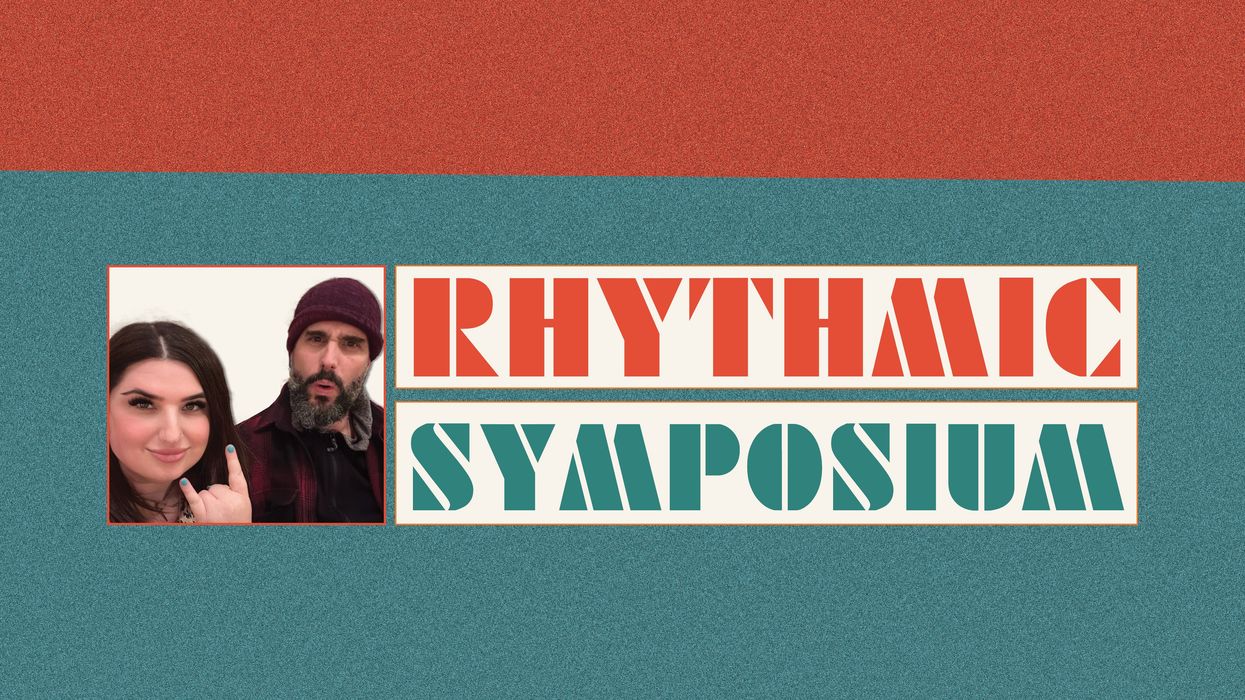
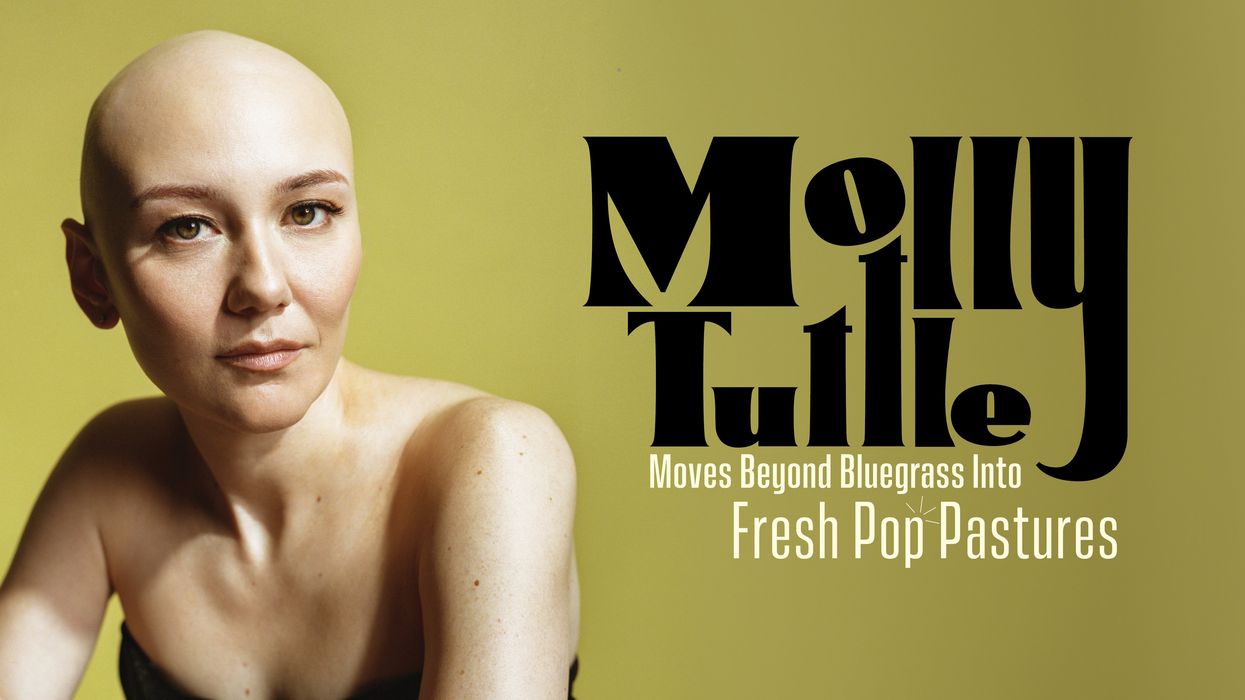
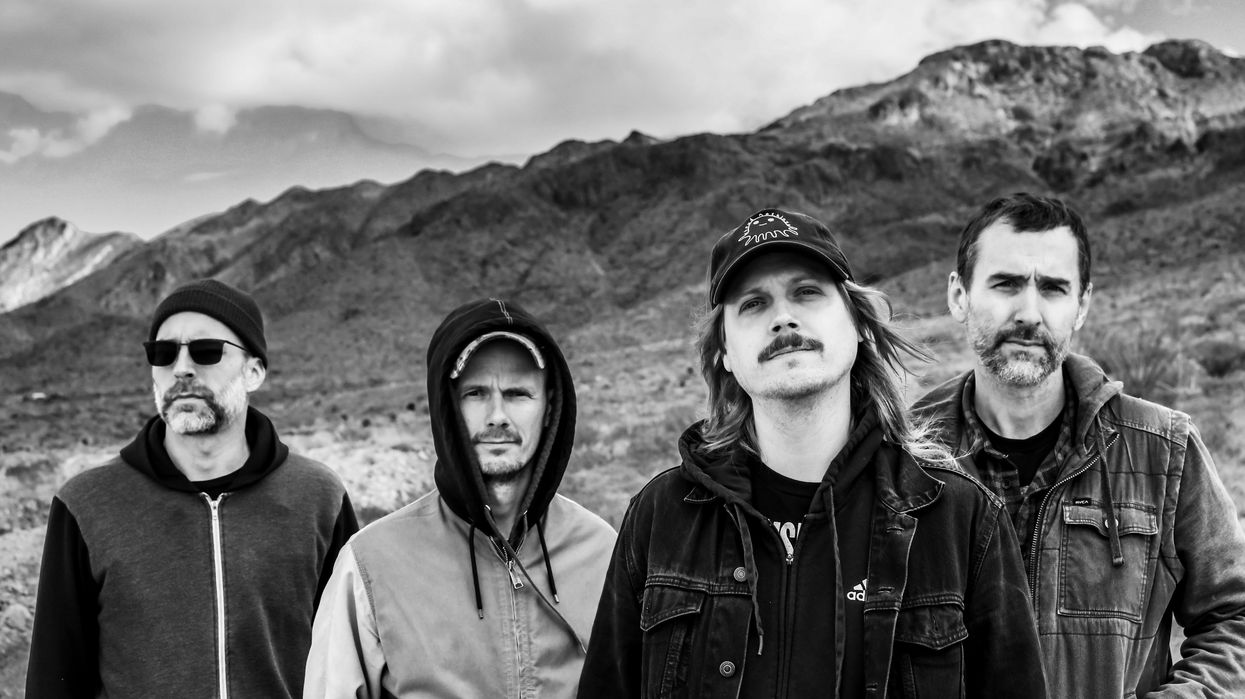
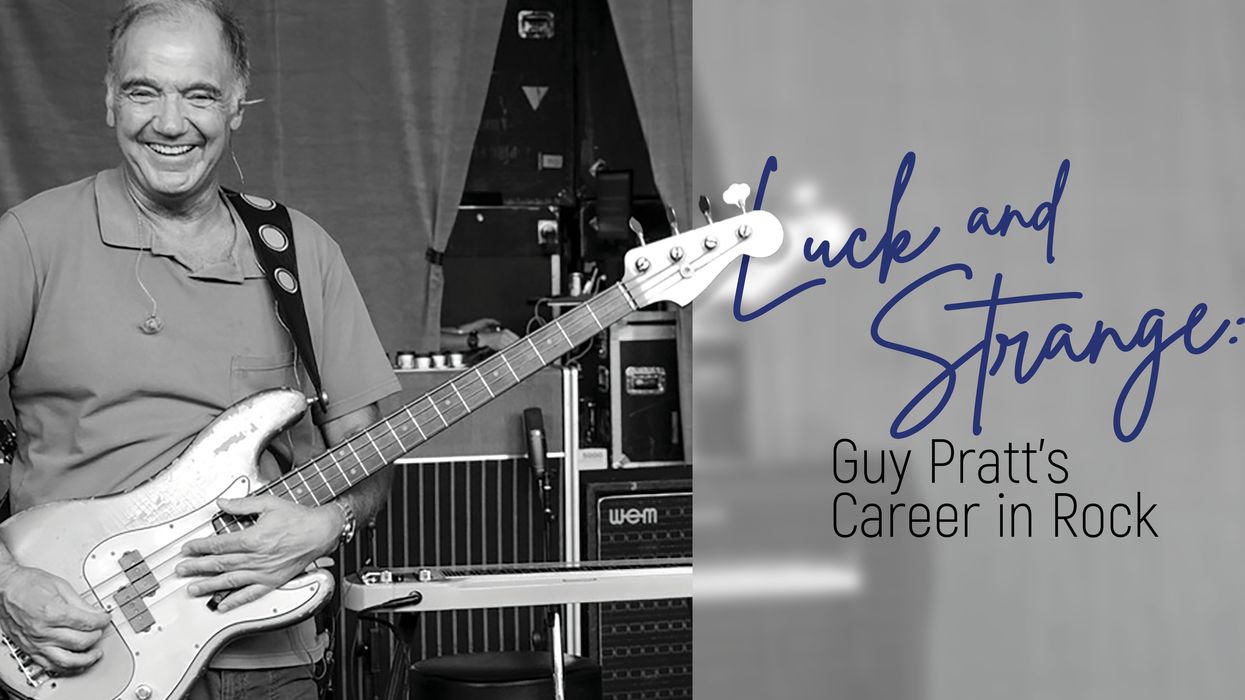
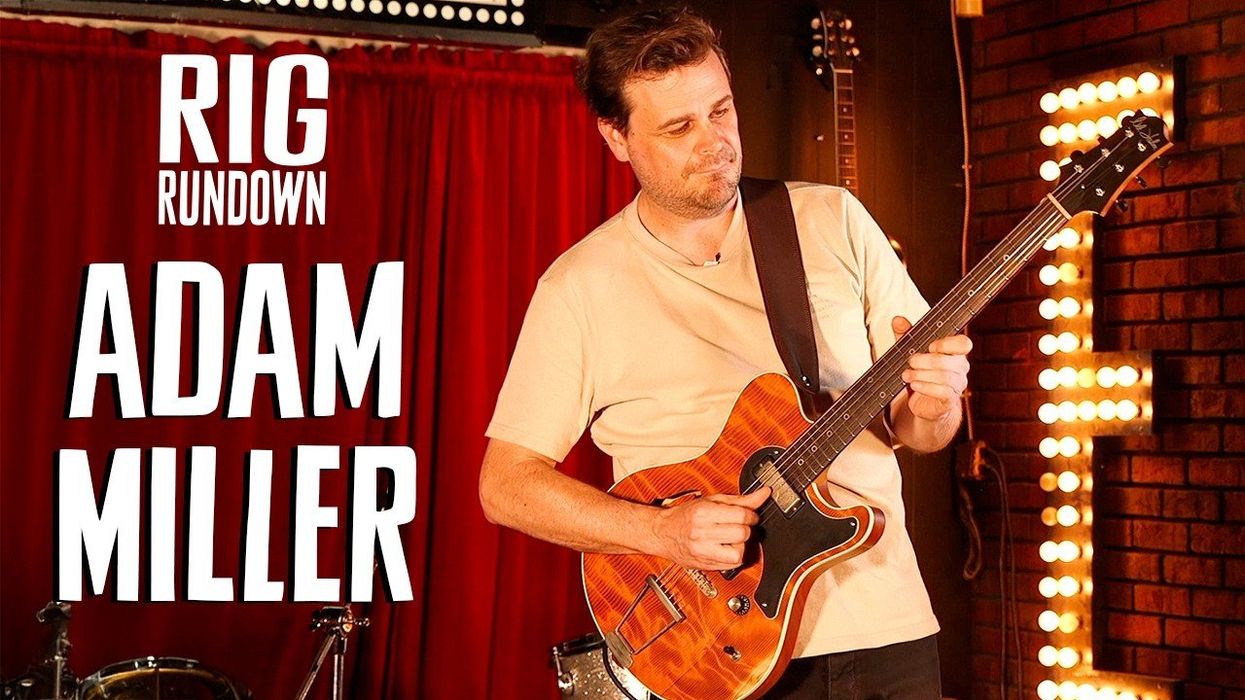
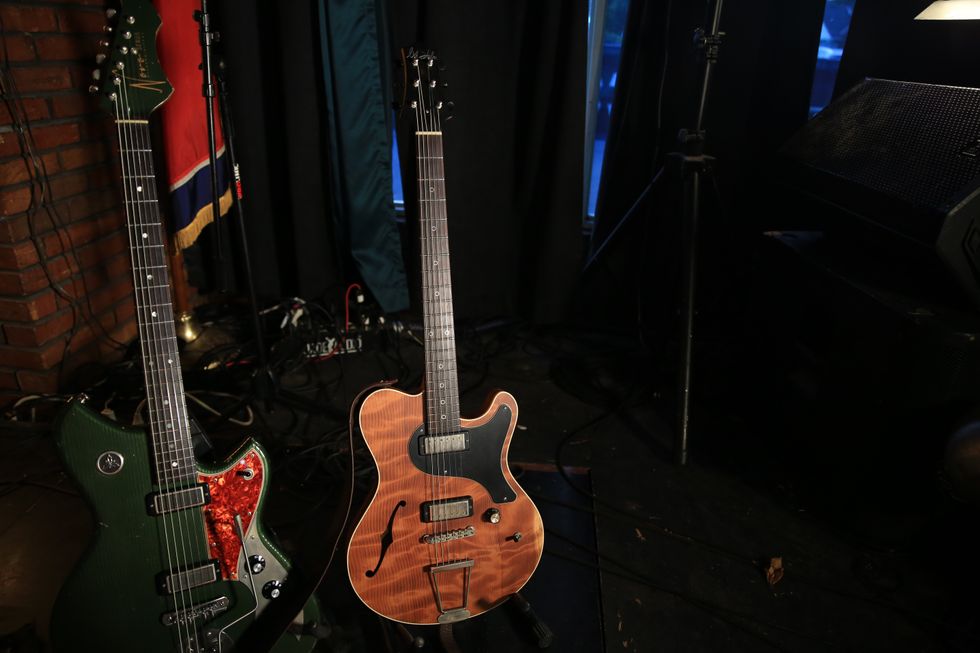
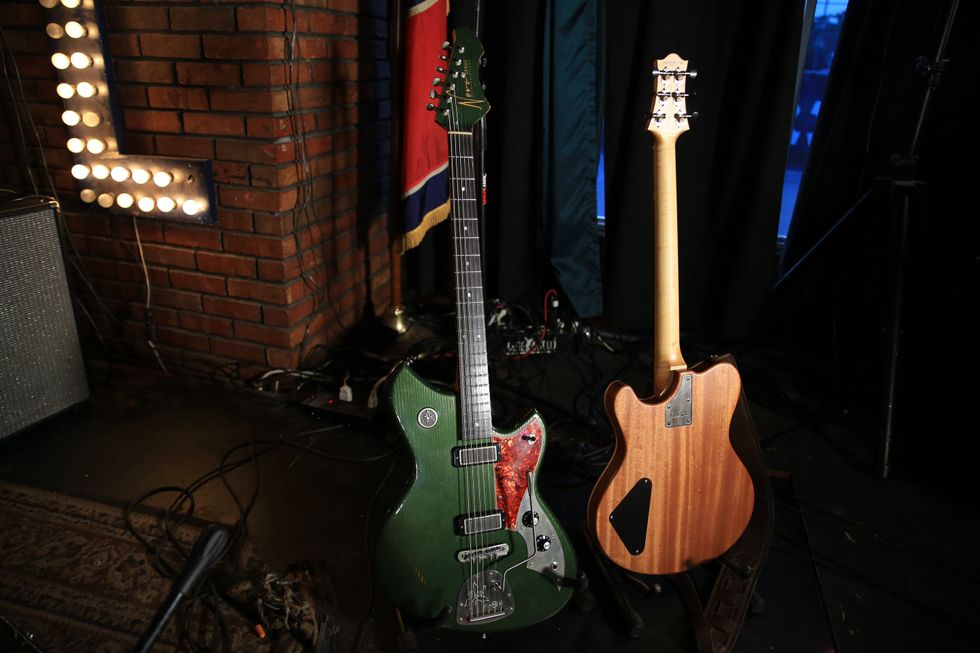
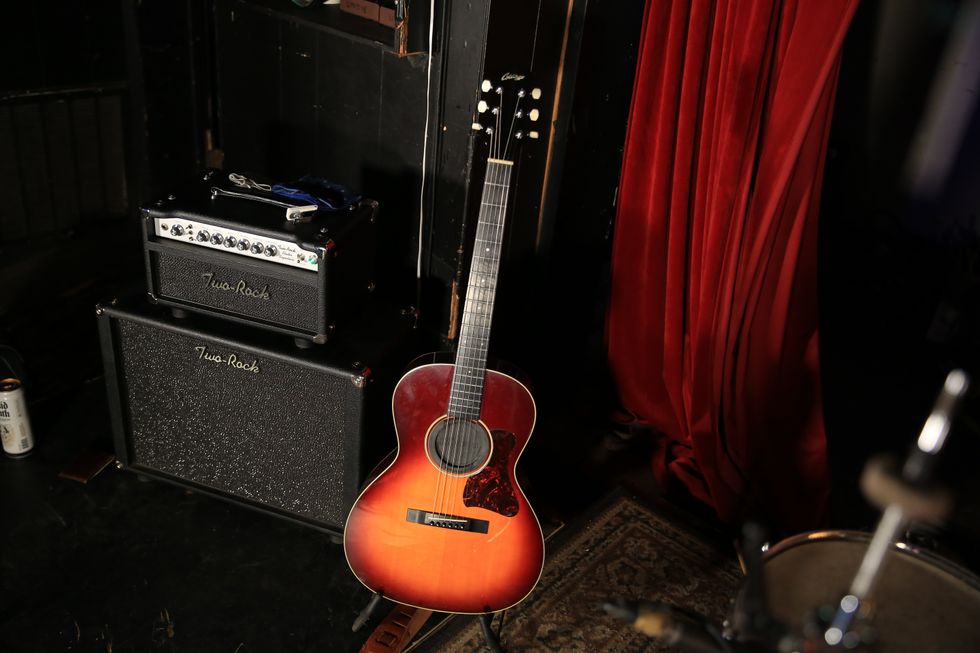
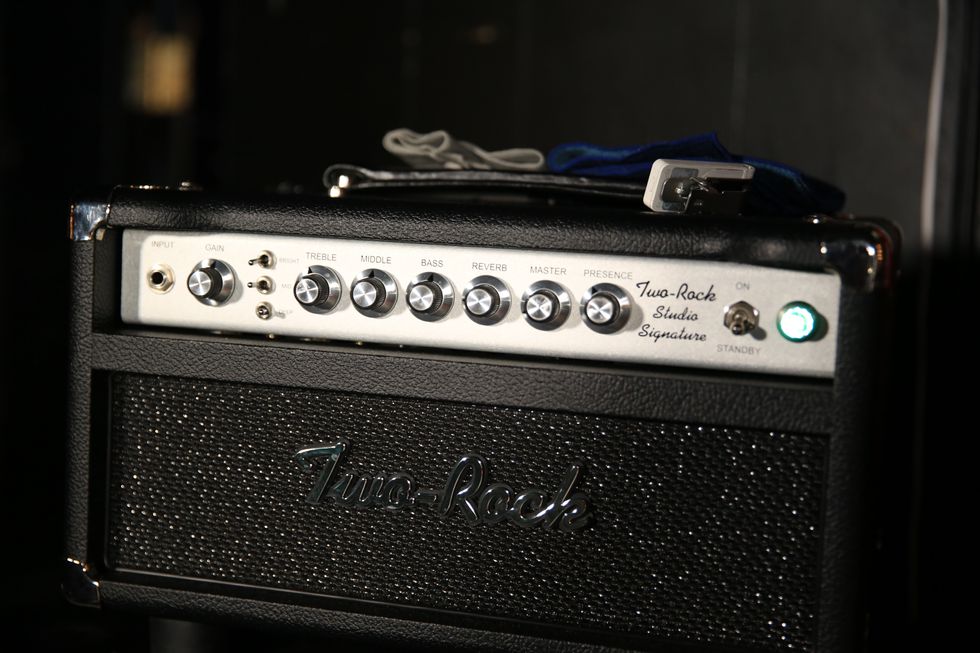
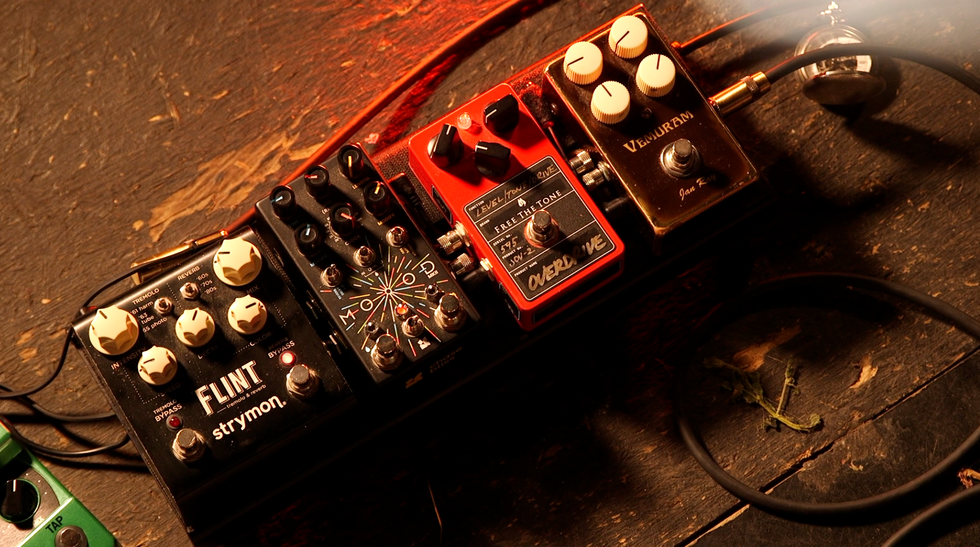
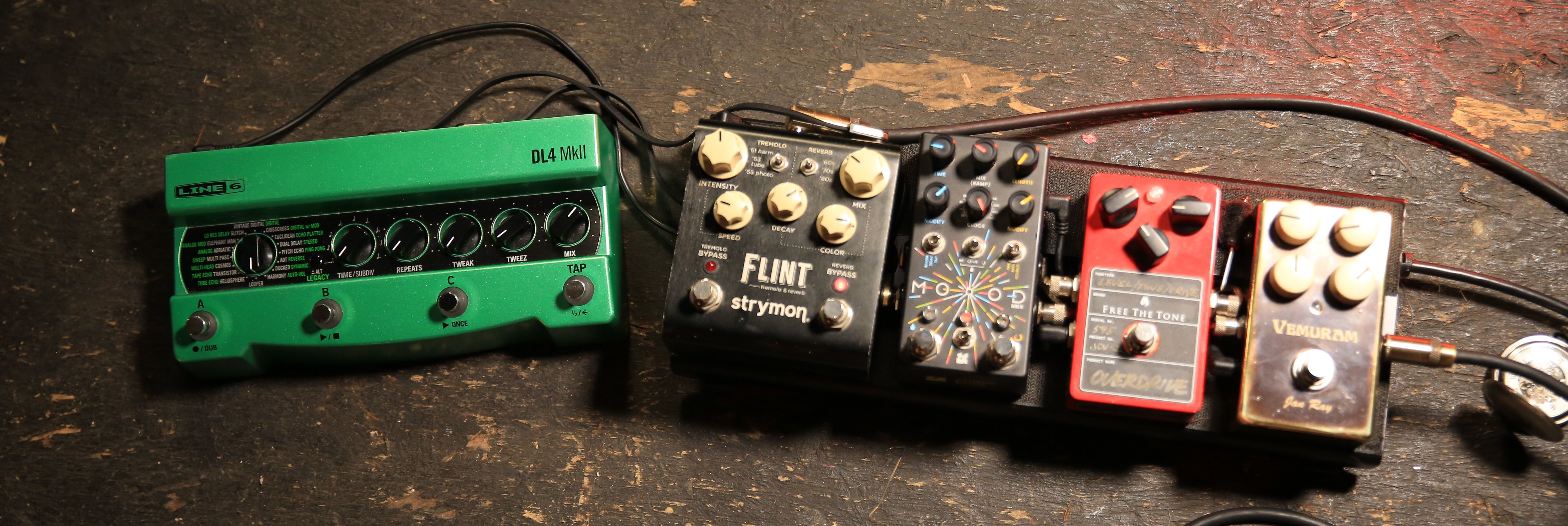 Miller’s Collings runs into a Grace Design ALiX preamp, which helps him fine-tune his EQ and level out pickups with varying output when he switches instruments. For reverb, sometimes he’ll tap the
Miller’s Collings runs into a Grace Design ALiX preamp, which helps him fine-tune his EQ and level out pickups with varying output when he switches instruments. For reverb, sometimes he’ll tap the 
